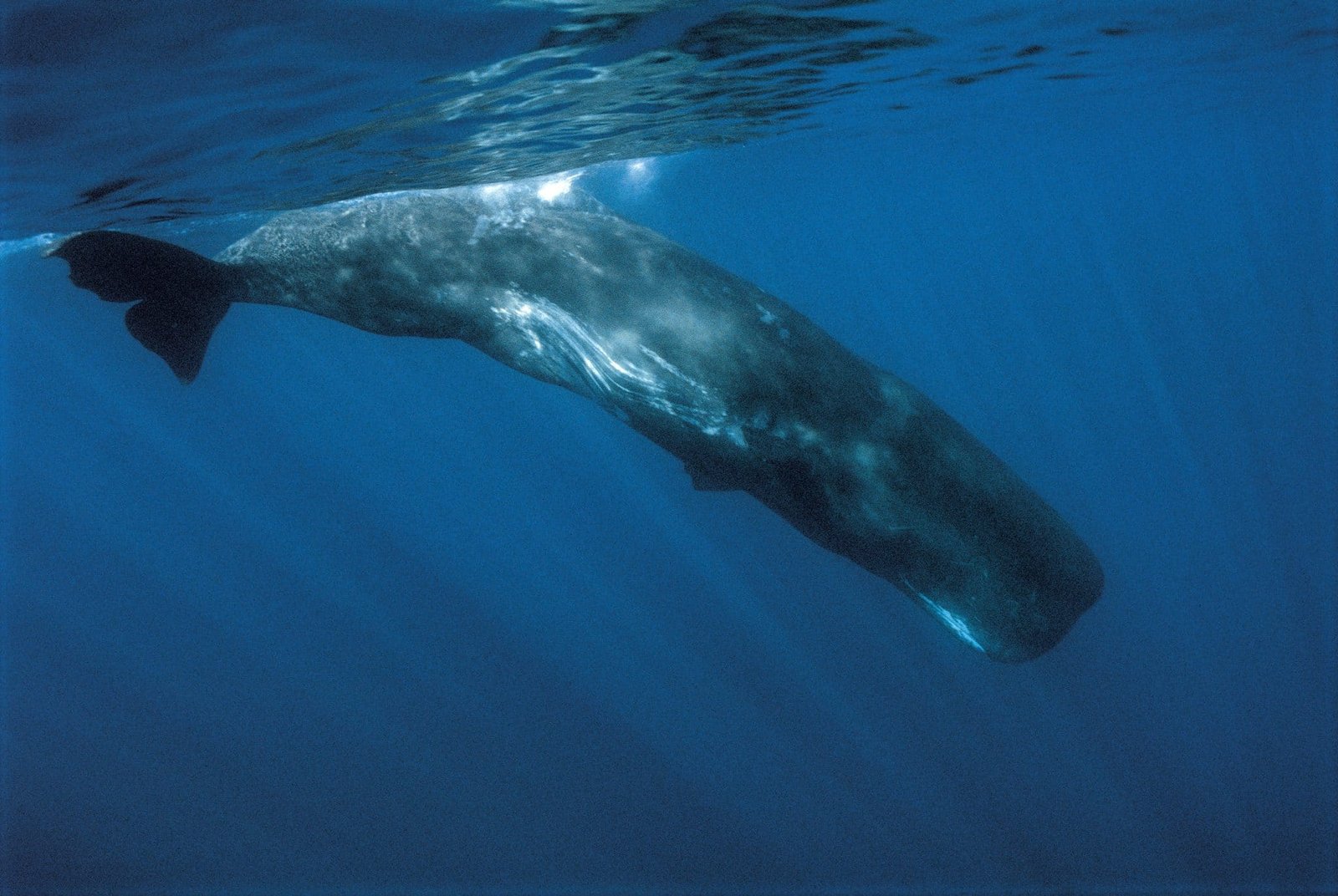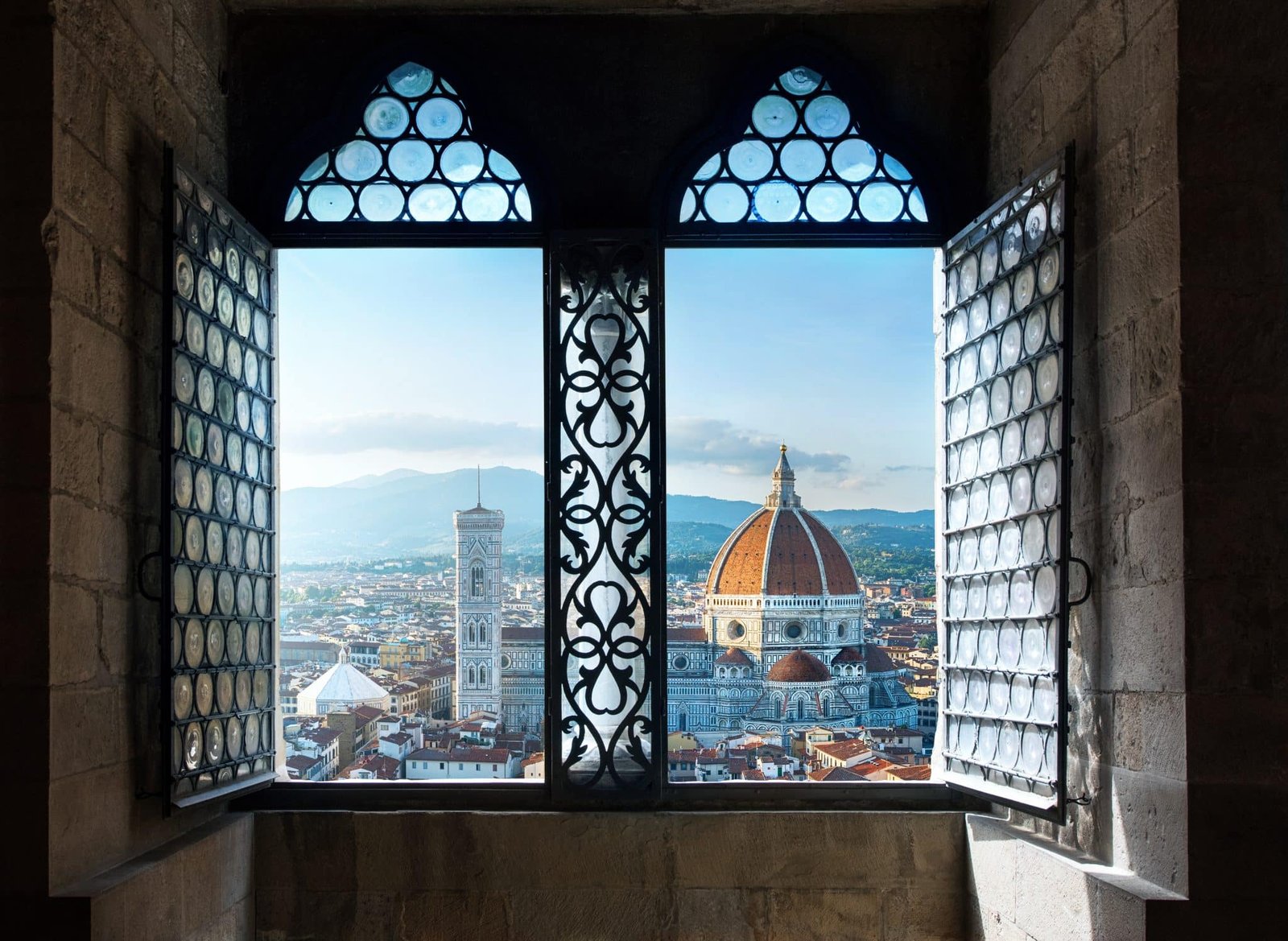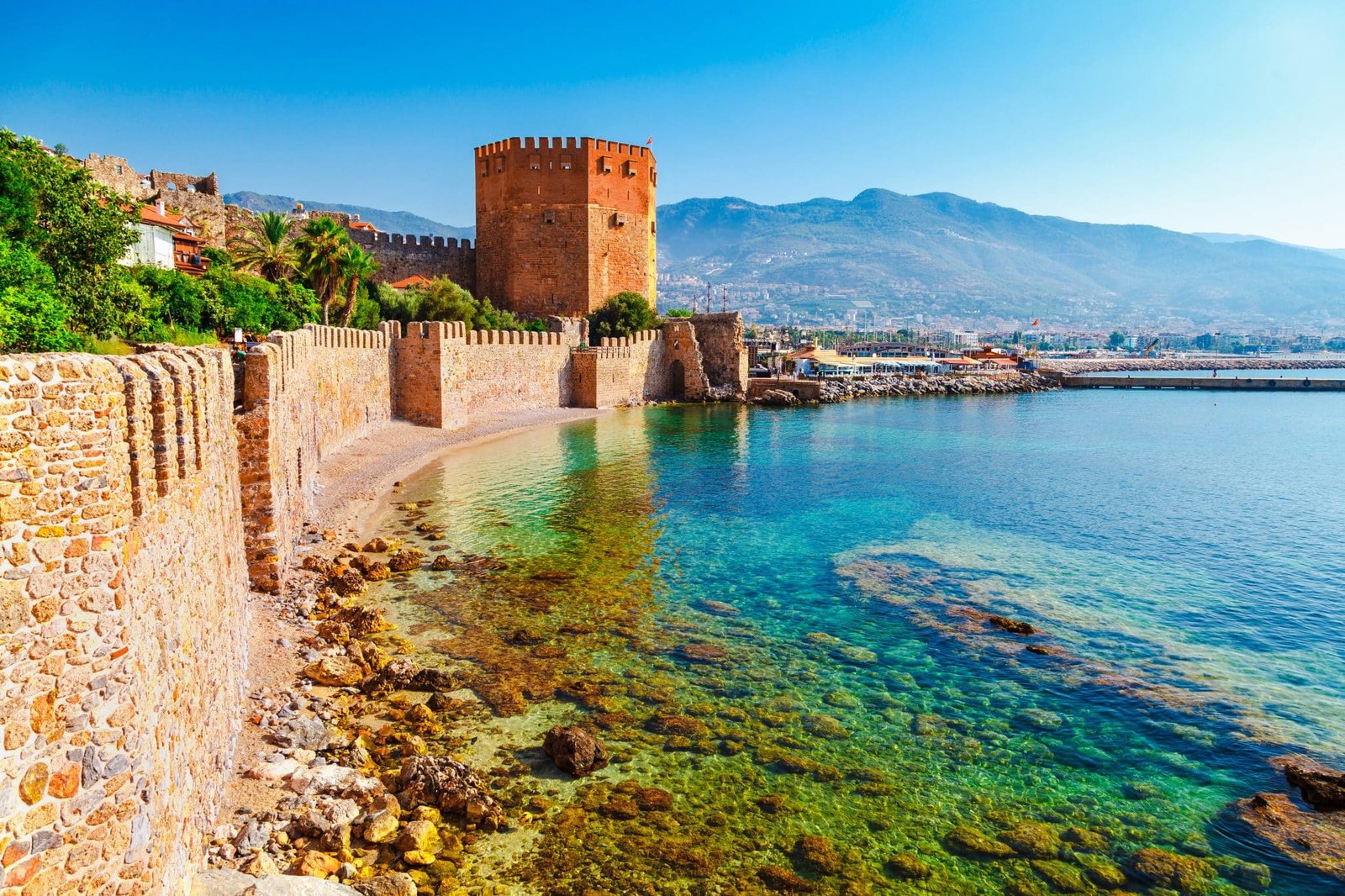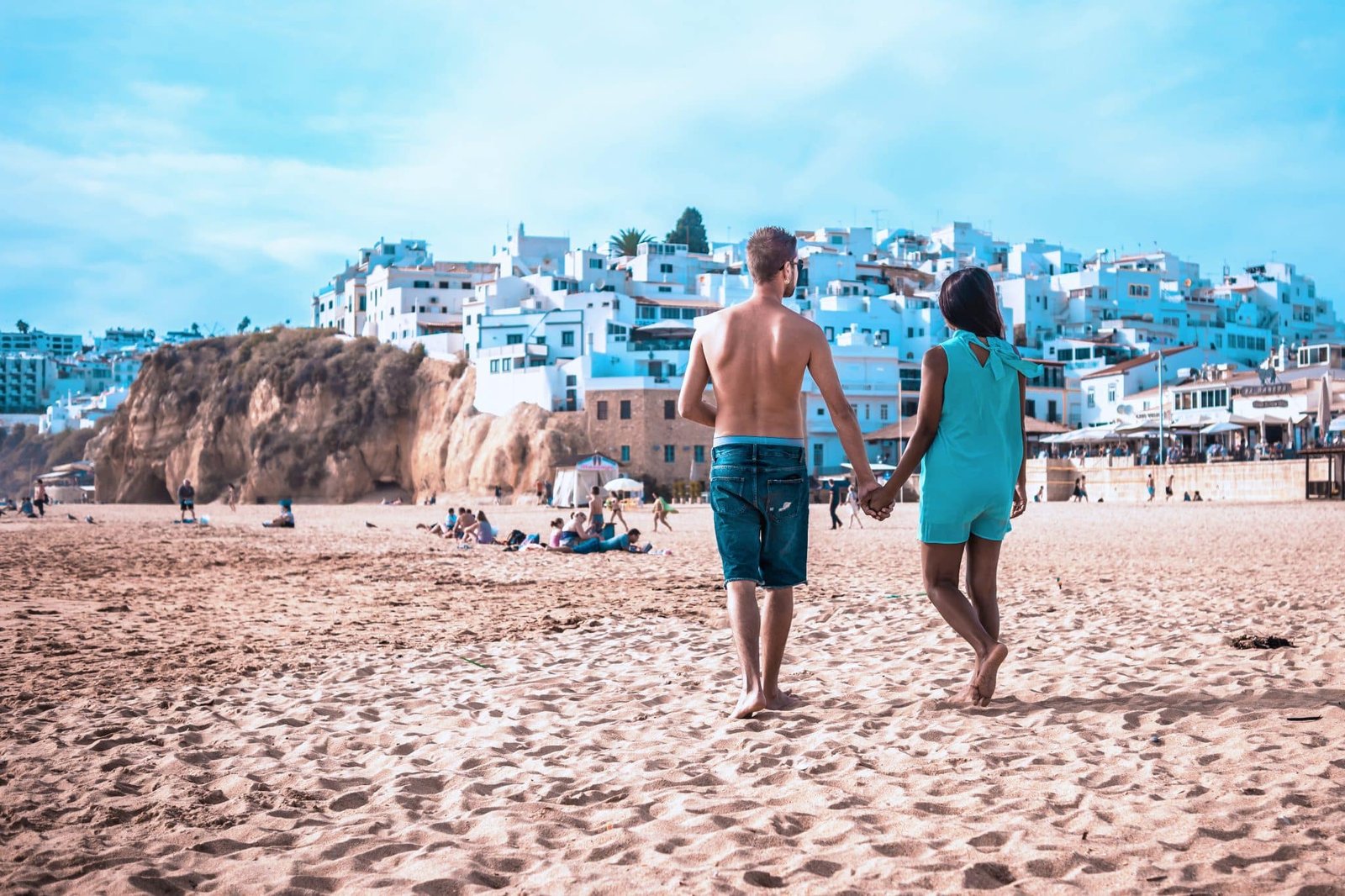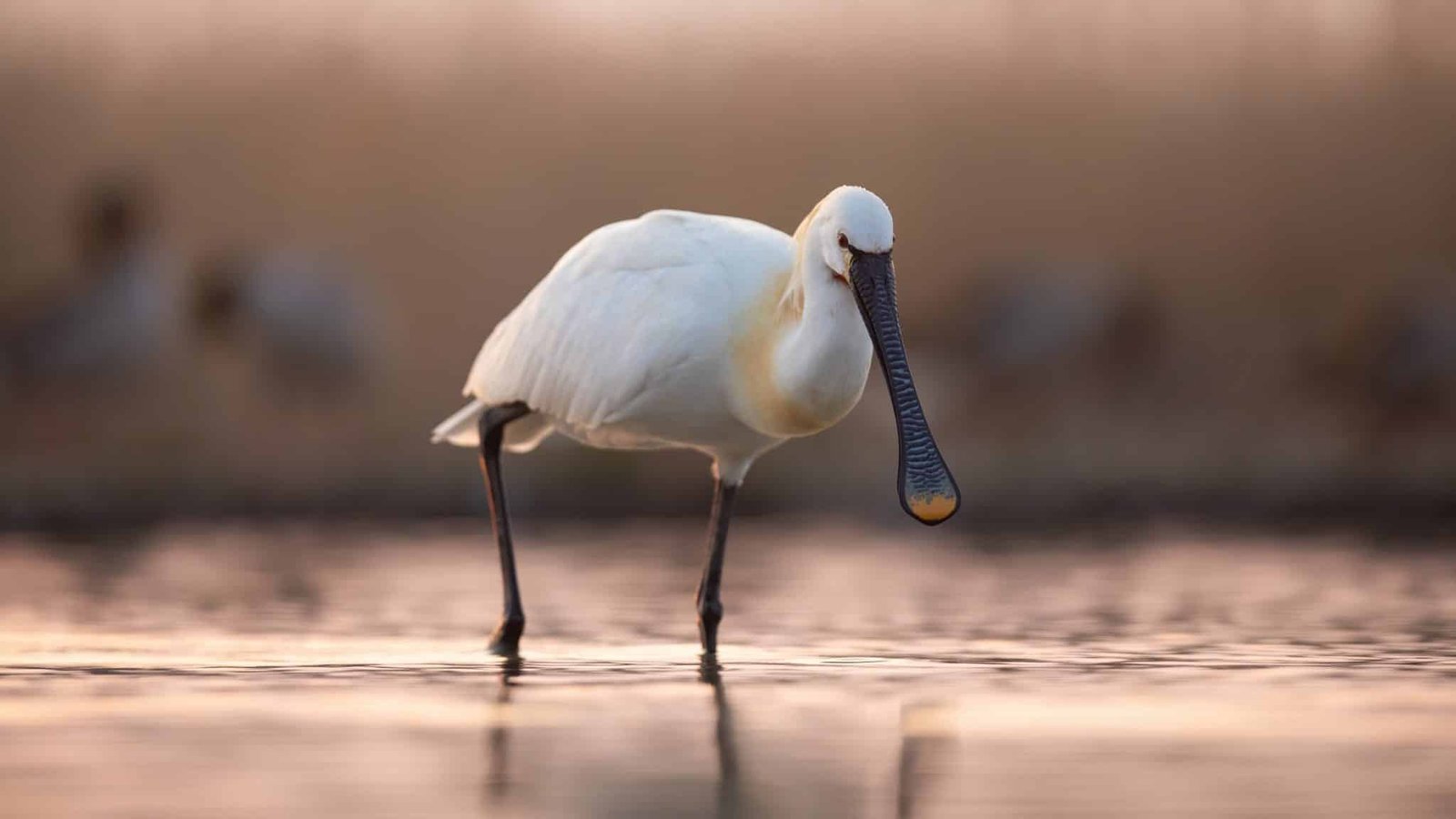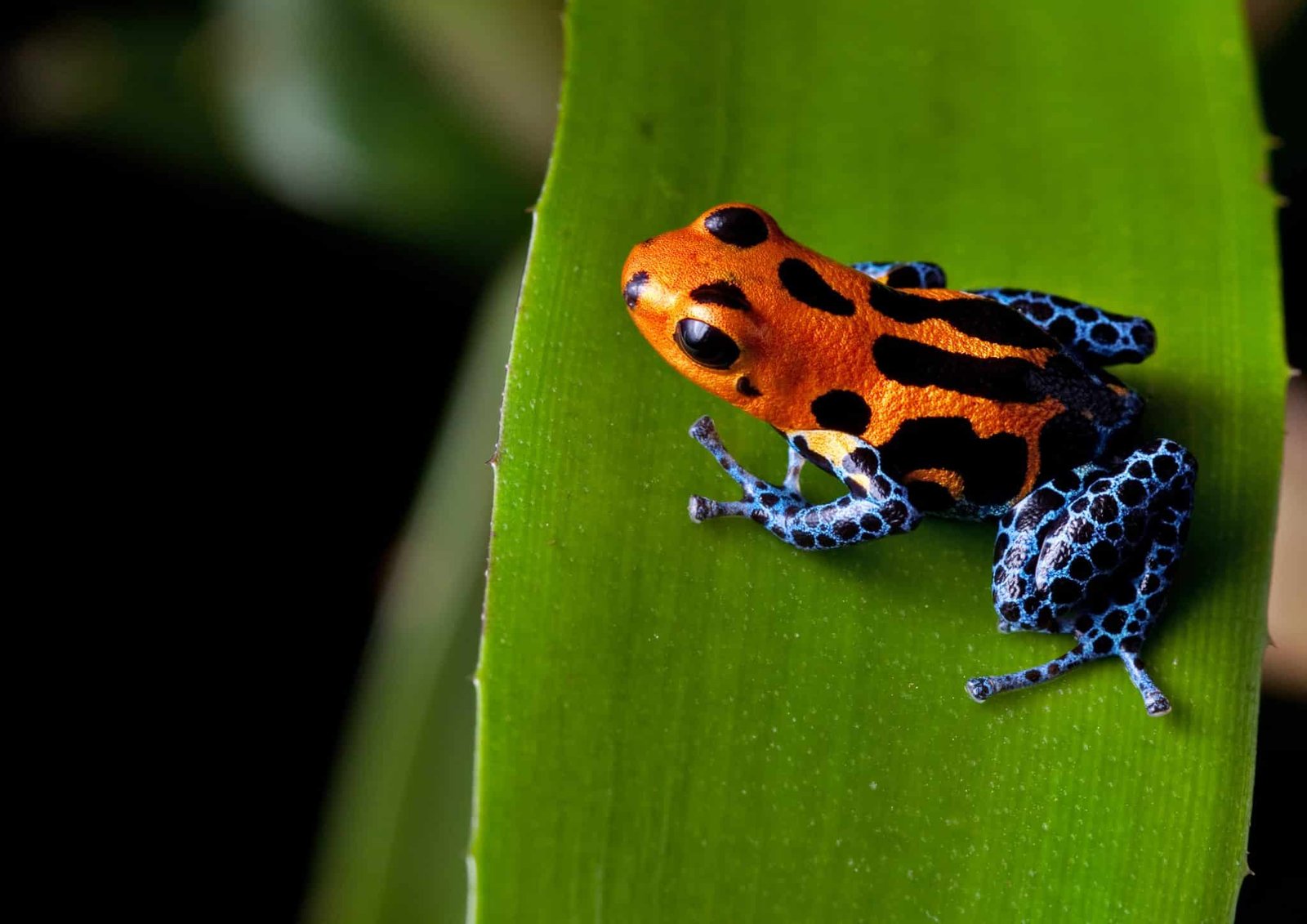Wildlife Wonders: Animals In Madeira To Look Out For (With Photos)
The Madeira Islands are a stunning archipelago located in the North Atlantic Ocean under Portuguese governance. Yet while this destination is fast becoming popular with tourists, you’ll still find plenty of wildlife on land and in the sea.
The higher elevations on the island aren’t occupied, so are perfect for bird spotting, as most towns are built by the mouths of ravines at lower elevations. While the coast is full of marine animals like humpback whales and many dolphins.
On top of that the weather on the island is warm and sunny year-round, and there’s very few dangerous animals, making Madeira an ideal destination for wildlife spotting!
As we will show you below, Madeira is filled with beautiful wildlife. Here’s the animals you could see, and where to find them!
CONTENTS:
- Common Animals In Madeira
- Rare Animals In Madeira
- Dangerous Animals In Madeira

Common Animals In Madeira To Try & Find
1. Madeira Firecrest
The Madeira Firecrest is a small round bird, endemic to Madeira. It is recognized by its dark face, orange crown stripe, partial white ring surrounding the eyes, a white underbelly, olive green upper parts, and a white patch on the wings.
They are rather small, only growing to be between 9-10 centimeters long and have long bills, which help them search for food on the ground, such as tiny insects, spiders, and moth eggs.
The Firecrest can be seen year-round on Madeira, typically in forests and shrubs in mid-altitude ranges, between 600 and 1550 meters.
Over time, they have adapted to build their nests mostly in tree heaths, avoiding other trees like the eucalyptus.
When visiting Madeira, it is quite likely you’ll come across this Firecrest while wildlife spotting, often hopping around or flying around scavenging for food since they rarely sit still!

2. Short-Finned Pilot Whale
Short-finned pilot whales are often seen living in groups of 15-30 whales.
They can be spotted in a variety of depths, and often prefer deeper waters, however in Madeira they enjoy staying closer to the coast.
These whales are playful and highly social creatures that mature around 10 years old and can live anywhere between 35 and 65 years old! They are incredibly large, with a weight ranging between 2200 and 6600 pounds and growing between 12 and 14 feet long.
Short-finned pilot whales range from grayish-brown to black in color with light gray areas on the saddle patch behind the dorsal fin. Like other whales, they use echolocation to hunt for their prey, creating a variety of clicks as they descend to determine where the creature is and its size.
Uniquely, they are incredibly fast divers and have been recorded feeding at depths of 1018 meters for 21 minutes! However, on average, their dives are not as deep and only last around 15 minutes.
Their diet consists primarily of squid and small amounts of fish, which is why they are capable of swimming at such fast speeds.
If you visit Madeira to wildlife spot, it is very likely you will see one of these whales point their heads out of the water or resting together close to the surface, especially between November and April.

3. Common Bottlenose Dolphin
The common bottlenose dolphin, also referenced as the bottlenose dolphin is often found in warm coastal waters, as well as harbors, bays, and gulfs.
It is one of the most well-studied marine mammals in the wild and is highly intelligent, including emotional intelligence. They often use sonar and echolocation to hunt for food and communicate with other dolphins.
The bottlenose dolphin can grow anywhere between 300 and 1400 pounds, is 6 to 13 feet long, and has been known to live between 40-60 years. They are a dark grey on their back with a lighter grey below and on their flanks, this helps them camouflage from potential predators.
Dolphins can also swim incredibly fast, often between 5-11 kilometers per hour but have bursts where they are capable of reaching 35 kilometers per hour!
They like to stay close to the surface and are often spotted jumping out of the water, sometimes as high as 6 meters!
In Madeira, it’s likely you will come across a bottlenose dolphin while wildlife spotting, especially if you are visiting between March and October when sightings of them are most common. Luckily, although the bottlenose dolphin is not an endangered species, it is still protected under the Marine Mammal Protection Act.

4. Atlantic Spotted Dolphin
The Atlantic Spotted Dolphin is highly recognizable with the spots that cover its body. Their calves are actually born a sold gray but after around three years they start to develop spots all over their body.
These dolphins like to stay close to the shore, only venturing 225 meters off the coast and staying in small to medium-sized pods. To communicate, they use bubbles created with their blowhole and a variety of sounds. So look out for them – and those bubbles – when close to the coast!
Spotted dolphins are very acrobatic and playful, and are commonly seen following boats, jumping in the waves and playing with other bottlenose dolphins. Most of their dives are quite shallow, often staying around 30 feet and lasting around six minutes.
These dolphins are quite common in the waters around Madeira, especially from March through November. When visiting, keep an eye behind any boat rides you take, these dolphins might be playing in the waves!

5. Bryde’s Whale
The Bryde’s whale is a member of the baleen whale family – this group also contains blue whales and humpback whales.
They are elongated whales that can weigh 90,000 pounds and grow 11.5 to 15 meters long. Curiously, they are rather slow swimmers only reaching speeds of one to four miles per hour!
Although they spend most of their time 50 feet below the surface, they have incredible dives that can reach depths of 1,000 feet and last anywhere from 5-15 minutes.
It is estimated that they eat around 1320-1450 pounds of food a day with their diet consisting largely of krill, red crabs, shrimp, sardines, and schools of fish.
The Bryde’s whale uses a variety of methods to catch their prey, including skimming the surface, catching their prey in bubble nets, or simply lunging for food.
In contrast to other whales of this species, they seem to display erratic behaviour because they will surface for air at irregular times and change direction without any known reason. They have also been seen blowing or exhaling underwater, which is not very common.
When planning your wildlife spotting trip to Madeira, you may not see one of these whales due to that erratic behaviour. However, if you are visiting anytime between April through October, that is when they are most common so catching a glimpse might just happen!

6. Sperm Whale
Sperm whales are the largest whales with teeth, and they also have the widest global distribution of any marine mammal.
Their name comes from the waxy substance in their head, called spermaceti. Not much is known about the purpose of spermaceti, but it’s an oil sac that is believed to help the whales focus sound and also help with buoyancy.
On average sperm whales weigh anywhere between 15 and 45 tons, with a length reaching up to 52 feet and a lifespan averaging around 60 years. They also possess the largest brain of any creature known to live on Earth!
The sperm whale is capable of diving to depths of around 2,000 feet with dives lasting 45 minutes, or diving to depths of 10,000 feet with 90-minute dive times.
After deep dives, they return to the surface for quite a few minutes to breathe before going back down, which means there’s a good chance you could spot one.
In Madeira, it is often possible to see these whales swimming off the coast! If you take a boat tour to see them you will have a better chance of spotting them – the best times to see sperm whales in Madeira is from March through September.

7. Madeiran Wall Lizard
The Madeiran wall lizard is endemic to Madeira. It enjoys spending time in temperate forests, shrubland, vegetated areas, rocky shores, and gardens.
They are quite spread out over the island, ranging from the sea cost up to elevations of 1850 meters, and have even occasionally been seen climbing trees. Although they often stay in the low shrubs.
They come in a variety of colors that help them camouflage their surroundings, but their underbelly is usually cream. Like other lizards, the Madeiran wall lizard sheds its tail quickly when threatened or scared.
They are the only small lizard found on Madeira and have a diet consisting of small invertebrates and vegetable matter, like bananas. They are also known to sometimes carry Lyme disease when bitten by an infected tick.

Rare Animals In Madeira You’d Be Lucky To See
1. Zino’s Petrel
The Zino’s Petrel is a rare seabird that nests on the highest mountains on the island. They nest in burrows at elevations above 1650 meters and breed on inaccessible, well vegetated ledges on the island.
These fascinating birds have grey wings and back, even the undersides of wings are black with the exception of a small triangle of white at the front edge of the body.
On average, they weigh around 290 grams, grow to be 32-34 centimeters long, and they have a wingspan ranging between 80-86 centimeters.
Because these birds are often found at such high elevations, they are rarely seen by humans. However, during their breeding season in early spring, they frequent the waters more often and can be seen at lower elevations.
Their breeding site is in the Parque Natural da Madeira National Park and they return here between late March and early April.
If you do see one of these beautiful birds when wildlife spotting in Madeira, keep your distance and admire their rare appearance! They are an endangered species protected under an EU Wild Bird directive.

2. Trocaz Pigeon
The Trocaz pigeon is one of the many endemic birds on the island of Madeira. They have a gray body with purple-pink breasts, green on the back of the neck, and a silver patch on the side of the neck.
These birds are mainly seen in the Laurel Forest where they like to go nest.
After the colonization of the Madeira islands, this bird population dropped dramatically on Madeira and completely disappeared off the island of Porto Santo. Due to the rapid decline of their population, protections were put in place to prevent their extinction.
When exploring the island of Madeira and its wildlife it is quite likely you will find one of these birds since they are common around the Laurel Forest and often stay below 1,000 meters.
You may also hear their coo, which is a low groan sound.

3. Blue Tuna
The bluefin tuna is one of the fastest and largest fish in the world. They are built like torpedoes with retractable fins to help them increase speed, and can sometimes reach up to 43 miles per hour!
Bluefin tuna can grow 6-10 feet long and weigh around 550 pounds, however, the largest reported bluefin weighed nearly 1,500 pounds! From the moment they are born, they are fierce predators and they can live up to 40 years old in the wild.
In Europe, there are lots of rules and regulations in regard to hunting these fish, however, in Madeira there are fishing tours that take you to areas the bluefin tuna frequents.
The high season, when these fish are most common is between September and November.
If you’re looking to catch a glimpse of these fish, try to avoid fishing them as their populations are rapidly declining. Instead, observe from the boat or snorkel nearby.

4. Perez Frog
For the Perez frog, its natural habitats are temperate forests, shrublands, freshwater rivers, swamps, marshes and sandy shores.
They are quite large frogs that can grow up to 10 centimeters long and they have a wide head with a rounded snout. Their hind legs are highly developed to help with swimming and diving.
In appearance, they have smooth skin with a slightly grainy appearance ad often their skin is brown or green in color.
When exploring Madeira and its wildlife you may come across these frogs during the day or evenings near bodies of freshwater. Their presence becomes most notable during the warmer months.

5. Mediterranean Monk Seal
The monk seal is a fascinating creature. They often reach 2.4 meters long in adulthood with females often slightly shorter than males. The males can weigh around 320 kilograms, but the overall weight for this species ranges from 240-400 kilograms!
And the average lifespan for a monk seal ranges between 20 and 25 years, but in some cases, they have been known to exceed 45 years old.
Unfortunately, this monk seal species is declining. As of 2020, it was estimated that there were only 500 pairs left in the world.
Monk seal pups have a low survival rate and recently they have adapted to spend more time in hidden away sea caves instead of on open beaches which is where they would usually be raised.
These sea caves are inaccessible to humans and scientists believe this adaptation was due to a result of increased human disturbances.
Often, monk seals are shy creatures and do not want any harm. However, mothers are very protective of their cubs. If she perceives a threat, she will attack and monk seal attacks can result in serious injuries.
If you are trying to find them when wildlife spotting in Madeira, keep your distance and observe them between September and October during their breeding season. Look out for them in the waters between Southeast Madeira and the Desertas Islands.

Dangerous Animals In Madeira To Watch Out For!
1. Barracuda
The Barracuda is a predatory, ray-finned, saltwater fish with an intimidating appearance. Its body resembles that of a snake, they have large pointed heads with a noticeable underbite, and it has sharp, fanglike teeth similar to those of a piranha.
Often, barracudas are a dark gray color with a white belly and have been known to grow quite large, reaching lengths of up to 65 inches.
They are vicious predators, using quick bursts of speed reaching 27 miles per hour, to chase after their prey.Their appearance makes them hard to spot, making it easy for them to sneak up on their prey.
Although it is rare for humans to get attacked by a barracuda, there have been a few recorded cases. When snorkeling in the water around Madeira, stay alert, especially in more murky waters.
They sometimes mistake humans for large predators and feel very threatened. It is best to stay alert and avoid conflict with these fish!
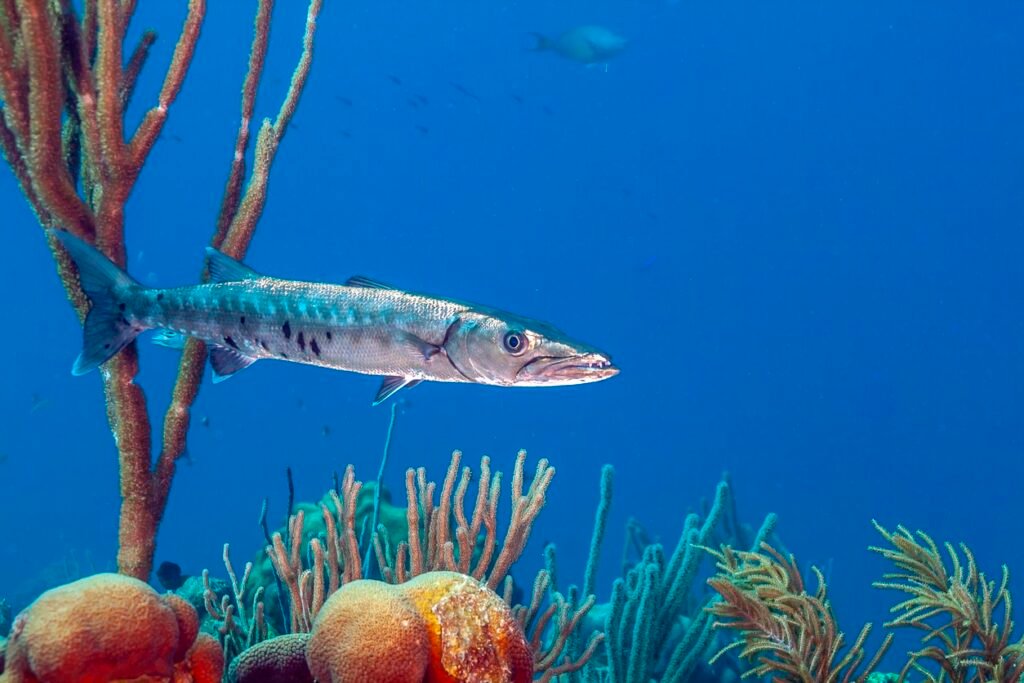
2. Swordfish
The swordfish, also known as a broadbill, is most recognizable by its long, flat, and pointed bill. They are long, with rounded bodies, and by adulthood, they lose all their teeth and scales.
They are found in surface depths of 550 meters but in rare instances visit depths more than 2,000 meters and usually range from 3-4.55 meters in length. With swordfish, females are often larger than males and the oldest recorded swordfish was 16 years old.
Although unlikely you’ll encounter a swordfish during your visit to Madeira, it’s best to stay alert and if you do happen to come across one, slowly leave the area.
If they feel threatened, they can attack which could result in a variety of injuries. When threatened, they quickly become aggressive.


